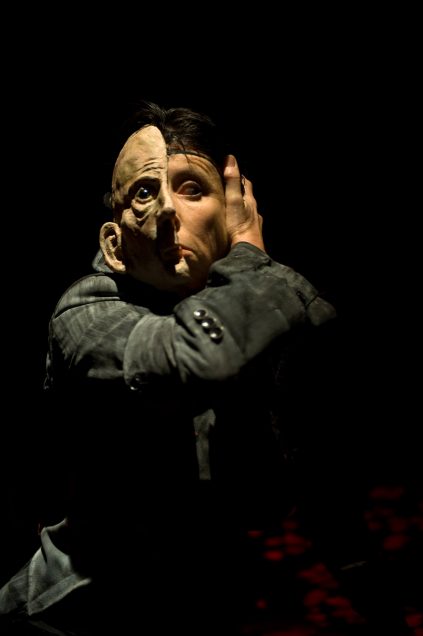Conference Abstract
Women and Masks is an international, web-based arts-research conference hosted by Boston University. It is free and open to anyone and attendees can register for single or multiple events. The conference, which will take place across four weekends during the 2021–2022 academic year, explores the myriad intersections of the subjects masks and women. The pairing is intended to create a thematic, yet open-ended framing, giving rise to juxtapositions and rapprochements, generating unexpected insights. These insights are expected to lead to a rich inquiry into the significance of masking practices as they connect to women.
The mask, interpreted in its broadest sense, is one of the most ubiquitous objects across cultures. Women, a complex and diverse category of people, have specific histories and realities with masks and masquerade. The mask’s powerful and intimate association with the face and the body—as well as the psyche and the soul—crosses cultures, places, and times, revealing aspects of the private and the public body. Positioning the mask as the interstice between the internal and the external world raises questions across fields as diverse as psychology, politics, folklore, religion and ritual, medicine, activism, and play. Opportunities for making and animating masks within the conference are imperative, as they open modes of inquiry and engage embodied and arts-research methods.
 The mask takes many forms—physically, psychologically, and culturally. It is best understood as a multifaceted phenomenon and not simply as a material object. Masks suggest, and then resist, a taken-for-granted quality (particularly as we emerge from a period of unprecedented global masking of a specific kind). When closely examined, a complex phenomenon unfolds in even the simplest act of covering the face. Masks invite (or even demand) nuance, complexity, and ambiguity. For the mask is a paradox; it both hides and reveals. Masks can fragment the self and distinguish the self from the “other.” They frequently engage concepts of alterity and transgression.
The mask takes many forms—physically, psychologically, and culturally. It is best understood as a multifaceted phenomenon and not simply as a material object. Masks suggest, and then resist, a taken-for-granted quality (particularly as we emerge from a period of unprecedented global masking of a specific kind). When closely examined, a complex phenomenon unfolds in even the simplest act of covering the face. Masks invite (or even demand) nuance, complexity, and ambiguity. For the mask is a paradox; it both hides and reveals. Masks can fragment the self and distinguish the self from the “other.” They frequently engage concepts of alterity and transgression.
The rhizomatic interconnections of the mask generate unexpected resonances. When paired with the concept of women, masks can have nearly infinite meanings, all suggesting rich lines of layered inquiry. For example, women have often been effectively excluded from the use of masks in traditional rituals, theater, and masquerade. There are many examples across cultures of the use of masks by men to impersonate, animate, ridicule, instruct, and represent women—although sometimes paying homage. Yet, women have also developed and appropriated masks for agentive strategies that enable creative inventions and interventions. These have included masking as activism, challenging barriers, and reinventing male-dominated ritual and theatrical masquerade. Women frequently contribute to the handiwork and labor of mask fabrication, such as during the COVID pandemic, innovating within the interlocking dimensions of design, form and function, and aesthetics. Women have drawn upon the power of masks and mask imagery to shape-shift and explore the psyche’s realms, other possible worlds, and the archetypal. We see the power of the mask in the work of modernist surrealists Leonor Fini and Leonora Carrington, as well as contemporary artists like Saya Woolfalk, who expands on the masks’ potential for world-making. Like moving décor, masks integrate into a virtual chimeric world. Veiling, in its many circumstances, might also be examined as a form of masking. The mask-like apparatuses of Rebecca Horn echo the metal scold’s bridle and a variety of devices that protect, punish, and control via the face. In addition, women’s interactions with cosmetic, surgical, and digital manipulations transform the face and raise further complex and ambiguous questions about agency and empowerment.
This inaugural conference cannot include every topic or be representative of even a fraction of cultures and circumstances. Hopefully, it will plant the seed for an ongoing conversation and generate new investigations into the theme of women and masks.
Please visit this page for more information about conference events or send an email to wmmasks@bu.edu.
This conference is made possible by the following Boston University programs, entities, and initiatives: The Center for the Humanities, the College of Fine Arts, the School of Theatre, the School of Visual Arts, the Online Masters in Art Education, the Arts Initiative’s Indigenous Voices Series, the African Studies Center, the Kilachand Honors College, and Cinem’Afriq. We are grateful for their support.